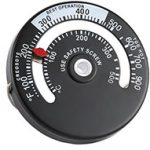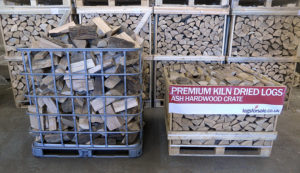Our kiln dried logs are Warmsure Certified
 Today we received our Ready To Burn Certificate of Approval from Woodsure who are part of HETAS – confirming the sample of logs they tested from us were less than 20% moisture.
Today we received our Ready To Burn Certificate of Approval from Woodsure who are part of HETAS – confirming the sample of logs they tested from us were less than 20% moisture.
In fact, the batch they selected at random when put through the oven dry method of moisture testing came out with an average of less than 11%. This is the most accurate method of determining moisture content.
It’s important to point out that our logs have always been less than 20% moisture due to the automatic kilns used to produce them – it is practically impossible for any to fall outside of these parameters.
However, we do realize that as users are becoming increasingly educated on the benefits of kiln dried logs and with the Woodsure certification becoming an industry standard that provides consumers with the confidence in the quality of firewood they are buying, we felt it important to be a part of the Woodsure scheme.
Thank you for your time and if you wish to read more about Woodsure please visit their website below:
Best wishes,
— Peter
Founder
Logs For Sale Ltd

 Stove thermometers generally attach to your flue pipe by a magnet mounted on the rear, and provide instant feedback in how hot your fire is burning.
Stove thermometers generally attach to your flue pipe by a magnet mounted on the rear, and provide instant feedback in how hot your fire is burning.
 Kiln dried birch logs make excellent firewood – they catch fire quickly and warm your home faster than the other hardwood species, making them ideal if you use your stove or log burner primarily in the evenings or at the weekend.
Kiln dried birch logs make excellent firewood – they catch fire quickly and warm your home faster than the other hardwood species, making them ideal if you use your stove or log burner primarily in the evenings or at the weekend. For customers that use their stoves intensively throughout the day, we have introduced kiln dried oak logs this year.
For customers that use their stoves intensively throughout the day, we have introduced kiln dried oak logs this year.
 This makes kiln dried logs the best option when buying logs for cooking, providing the moisture content is less than 20%.
This makes kiln dried logs the best option when buying logs for cooking, providing the moisture content is less than 20%.